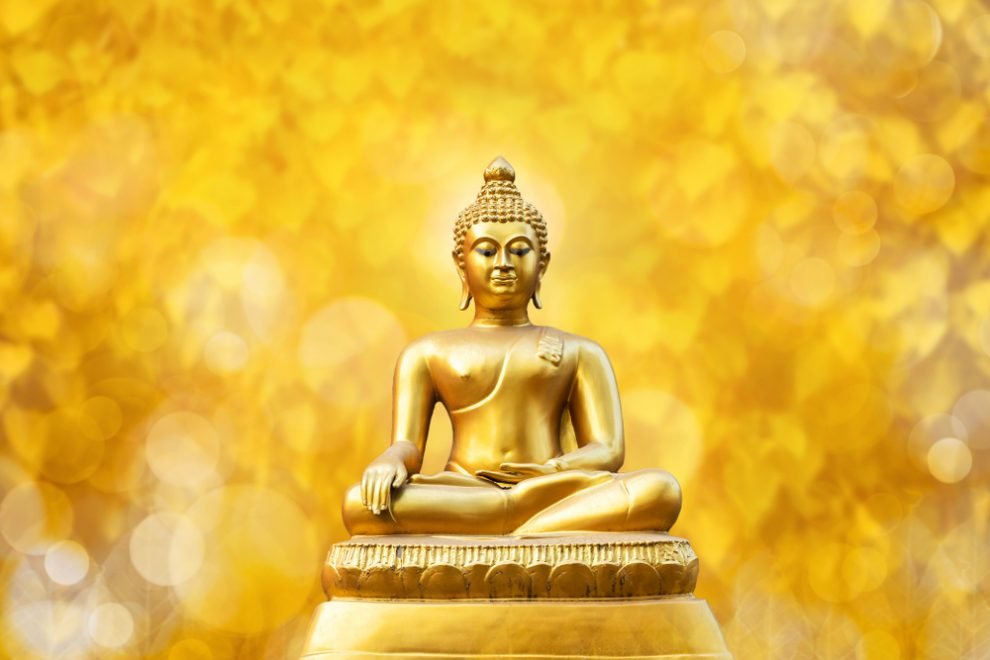Buddhism exists as a faith that was founded by Siddhartha Gautama (“the Buddha”) over 2,500 years ago in India. With about 470 million followers, scholars consider Buddhism one amongst the key world religions. The religion has been adopted and has historically been most prominent in East and Southeast Asia , but its influence is growing at West. Many Buddhist Heritage ideas and philosophies project with those of other faiths especially Hinduism and Jainsim.
Buddhism principles include:
- Followers of Buddhism don’t recognize a supreme god or deity. Rather they attend to obtaining enlightenment—a state of inner peace and wisdom. When followers reach this spiritual level, they’re said to have experienced nirvana.
- Gautama or Buddha as he was called after attaining enlightenment is regarded as an exceptional human, but not a god. The word Buddha means “enlightened.”
- The way to enlightenment is achieved by employing morality, meditation, and insight. Therefore, Buddhists often perform meditation because they believe it helps them realize the truth.
- There are several philosophies and interpretations within Buddhism, making it a tolerant and growing religion to this date.
- Some scholars don’t identify Buddhism as a standardized religion, but instead a “way of life” like Hindusim or a “spiritual tradition”
- Buddhism uplifts its people and helps them avoid self-dissolution but and follow the path of selflessness.
- Buddha’s major teachings, known as The Four Noble Truths, are necessary to comprehend the religion.
- Buddhist Paintings embrace the concepts of karma (the law of cause and effect) and reincarnation (the complex cycle of rebirth).
- Followers of Buddhism can worship in Monasteries or in their own homes.
- Buddhist monks, or bhikkhus, obey a severe code of conduct that embraces celibacy.
- There is no specific Buddhist symbol, but multiple set of images which has developed and represented Buddhist beliefs, that includes the lotus flower, the eight-branched dharma wheel, the Bodhi tree and the swastika (an ancient Hinduism symbol whose name means “universal welfare” or “good fortune” in Sanskrit).
Founder of Buddhism
Siddhartha Gautama, the founding father of Buddhism who later came to be known as “the Buddha,” lived during the 5th century B.C.
Gautama was born into a royal family as a prince in present-day Nepal. Although he had access to all the pleasures of life, Gautama was moved by suffering in the world.
He decided to give up his royal lifestyle and live a life of poverty and deprivation in search of the truth. After six years of searching, Buddhists believe Gautama found enlightenment while meditating under a Bodhi tree, later Buddha passed away & attained MahapaniNirvana (Ultimate salvation) after consuming a toxic sweet dish.
Buddhists follow many holy texts and scriptures written in Pali and Prakrit. Some of the most significant are:
- Tipitaka: These texts are also known as “three baskets,” are thought to be the earliest series of Buddhist writings.
- Sutras: There are more than 2,000 sutras, which are revered teachings held especially by Mahayana Buddhists.
- The Book of the Dead: This Tibetan text mentions on the levels of death elaborately.
The Eightfold Path
The Buddha taught his followers that the end of suffering, as explained in the fourth Noble Truths, could be attained by adhering to the Eightfold Path.
The Eightfold Path of Buddhism teaches the following epitome of ethical conduct, mental disciple and obtaining wisdom:
- Right understanding (Samma ditthi)
- Right thought (Samma sankappa)
- Right speech (Samma vaca)
- Right action (Samma kammanta)
- Right livelihood (Samma ajiva)
- Right effort (Samma vayama)
- Right mindfulness (Samma sati)
- Right attentiveness (Samma samadhi)
















Add Comment